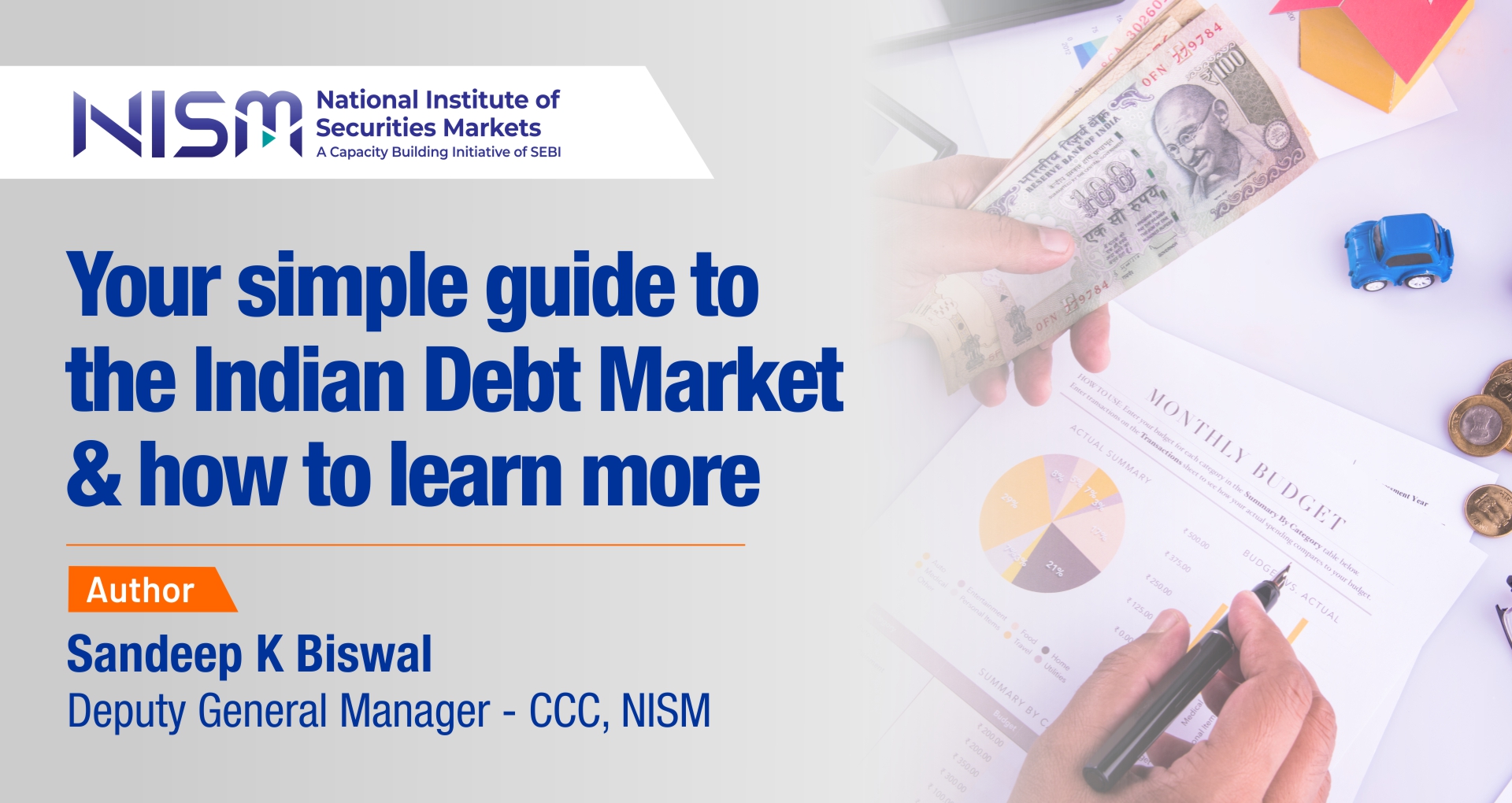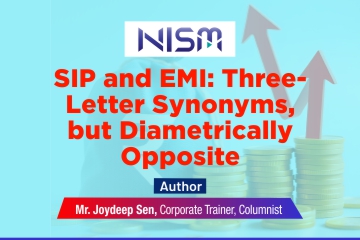
If you’ve ever put money in a fixed deposit or a PPF (Public Provident Fund) account, you’ve already participated in the debt market. But this market is much more exciting than that and has a lot more instruments.
The Indian debt market has undergone a quiet revolution. From a relatively small market a decade ago, it has expanded dramatically. The total market size has grown more than threefold, from about ₹68 trillion in 2014 to over ₹226 trillion (over $2.6 trillion) by the end of 2024. This growth has been fuelled by economic reforms, regulatory changes, and increasing participation from both Indian and global investors.
This blog will tell you how you can be a part of this growth opportunity, and I will talk to you about a course that can help you in your investing journey.
The debt market can be broadly divided into three main segments, each serving a different purpose.
Gone are the days when bonds were considered as an investment instrument only for institutions. Today, thanks to regulatory changes and technology, it’s easier for retail investors like you and me to participate.
The table below shows some common debt instruments and their characteristics.
| Instrument | Typical Yield | Risk Profile | Liquidity |
|---|---|---|---|
| Government Securities (G-Secs) | 6 – 7% | Very Low (Risk Free) | Moderate |
| Corporate Bonds (AAA Rated) | 7 – 8.5% | Moderate | Moderate |
| Fixed Deposits (FDs) | 6 – 7.5% | Low | Low |
| Debt Mutual Funds | 7 – 9% | Low to High | High |
*The information provided in the above table is indicative and for educational purposes only. Please consult a SEBI registered investment advisor before making any decisions.
You can participate in the Indian debt market through the RBI Retail Direct Scheme. Its a platform that allows you to directly invest in government securities. Online bond platforms are another medium which allow you to browse and buy bonds with ease, much like stocks. Check SEBI’s list of registered online bond platform providers here. Another way to invest in Indian debt instruments is debt mutual funds which are managed by professionals.
The “Overview of Indian Debt Markets” course, jointly developed by the NISM and the Fixed Income Money Market and Derivatives Association of India (FIMMDA), is designed to provide a comprehensive understanding of the Indian debt market.
The course is structured into three modules that is same as the three pillars of Indian debt market we discussed.
The course is entirely online, giving you the flexibility to learn over a period of 30 days. It has around 3 hours of learning content including interactive quizzes. The course fee is ₹2000/- plus taxes. And when you successfully complete the course, you will receive a joint certificate issued by NISM and FIMMDA.
Whether you’re a student, a professional in banking, or an investor, the course will help you build a solid foundation in the Indian debt market. Explore the course details and feel free to reach out (elearning@nism.ac.in) if you have any questions.
These are some of the other courses jointly offered by NISM and FIMMDA, covering various aspects of the fixed income securities market.
Introduction to Fixed Income Securities
Introduction to Fixed Income Mathematics
Introduction to Interest Rate Derivatives
Happy learning!
Author: Sandeep K Biswal, Deputy General Manager – CCC, NISM

SIP and EMI: three-letter synonyms, but diametrically opposite You are king of your money or slave to your expenses SIP…

Watching the finals of the ICC Women’s World Cup Final, where the Indian Women’s Cricket Team defeated the South African…

In the complex architecture of India’s financial system, very few institutions have had as profound and far-reaching an impact as…
© 2025 National Institute of Securities Markets (NISM). All rights reserved.